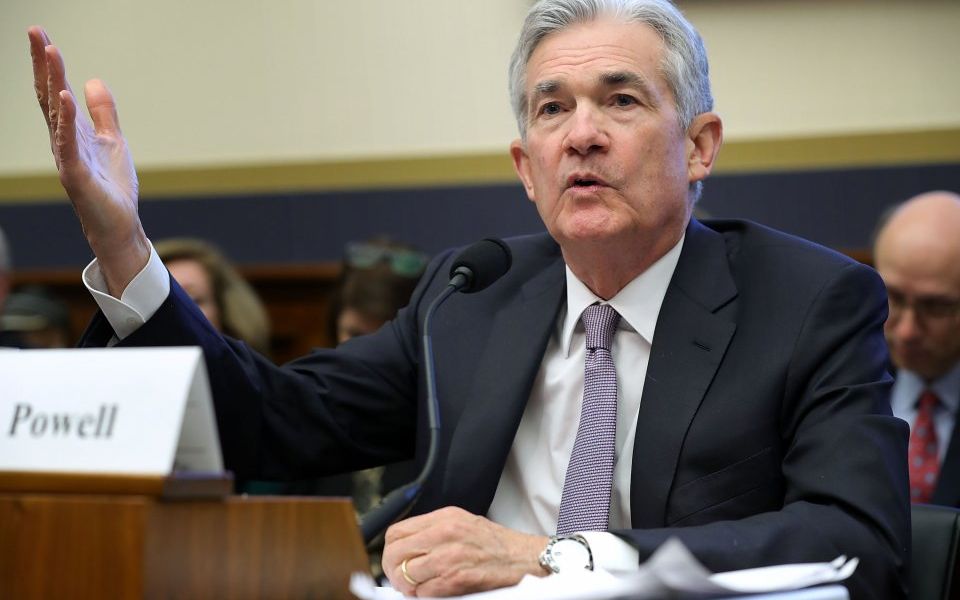
Fed chair willing to hike rates faster if necessary

On Tuesday, US Federal Reserve chairman Jerome Powell’s prepared comments to Congress were released ahead of his appearance before the House Financial Services committee.
In them he downplayed concerns over recent stock market volatility, claiming dramatic swings do not weigh heavily on his outlook for the economy and maintaining his expectation for further gradual increases in interest rates.
This is the first time US markets have heard the new Fed chairman speak and they didn’t take it well. Futures markets turned negative, while bond markets moved higher. When Wall Street opened all three main markets went into the red.
Quite why, at first glance, might seem a bit of a mystery. Anyone with an ounce of common sense would have expected a strong indication from Mr Powell that he was prepared to raise interest rates at the first opportunity.
He also emphasised that the US job market remained robust, consumer spending was solid and wage growth accelerating. None of these things are bad.
Stronger growth, higher interest rates
"After easing substantially during 2017, financial conditions in the United States have reversed some of that easing," he said. "At this point, we do not see these developments as weighing heavily on the outlook for economic activity, the labour market and inflation. Indeed, the economic outlook remains strong."
There’s little to dislike about this statement. Yet somehow a strong economy is turning into bad thing. Why is actually easier to understand than you might think. Ultimately, this boils down to a row between economists and traders.
Mr Powell characterised inflation as "low and stable”. Markets aren’t so sure. If fact, they are worried the Fed is in danger of overshooting its 2 per cent inflation target.
While the recent pick-up in monthly economic data may give Fed officials confidence they will hit a goal that has eluded them for years, markets are worried inflation could continue to accelerate, forcing the Fed to hike interest rates higher and faster than currently forecast.
"Despite the recent volatility, financial conditions remain accommodative. At the same time, inflation remains below our 2 per cent longer-run objective. In the [Fed’s] view, further gradual increases in the Federal Fund rate will best promote attainment of both of our objectives,” added Mr Powell.
All well and good. And certainly not far removed from statements made by our own Bank of England governor, Mark Carney. But it is actions not words that matter here.
Mr Powell also highlighted gains in US exports and fiscal policy as new "tailwinds" for the economy.
Borrowing concerns
Describing a tax cut that theoretically should give a shot in the arm to corporate America, or $10bn of Federal funding for infrastructure spending as a tailwind, will worry markets. As will his description of strong exports – thanks to a weak Dollar. Ironically, this puts Mr Powell at odds with the White House almost from day one.
It was only a month ago that US Treasury Secretary Steven Mnuchin was overheard in Davos saying a weak Dollar was a good thing for the US economy, thanks to the strengthening impact it had on US exports.
Meanwhile, Mr Powell’s comments about fiscal policy suggest he sees the increase in Federal debt as bad for US growth – both President Trump’s tax cuts and the infrastructure spending will be paid for by additional borrowing.
This additional borrowing has already been highlighted as a concern by banking analysts and one way to discourage the White House from continuing to borrow would be to increase the Federal Fund rate.
Much of this therefore suggests a US Fed chairman ready to hike rates more than expected, if he needs to. Anyone that had any doubts about that should lose them now.
To find out how INFINOX Capital can help you reach your financial goals, visit www.infinox.com.